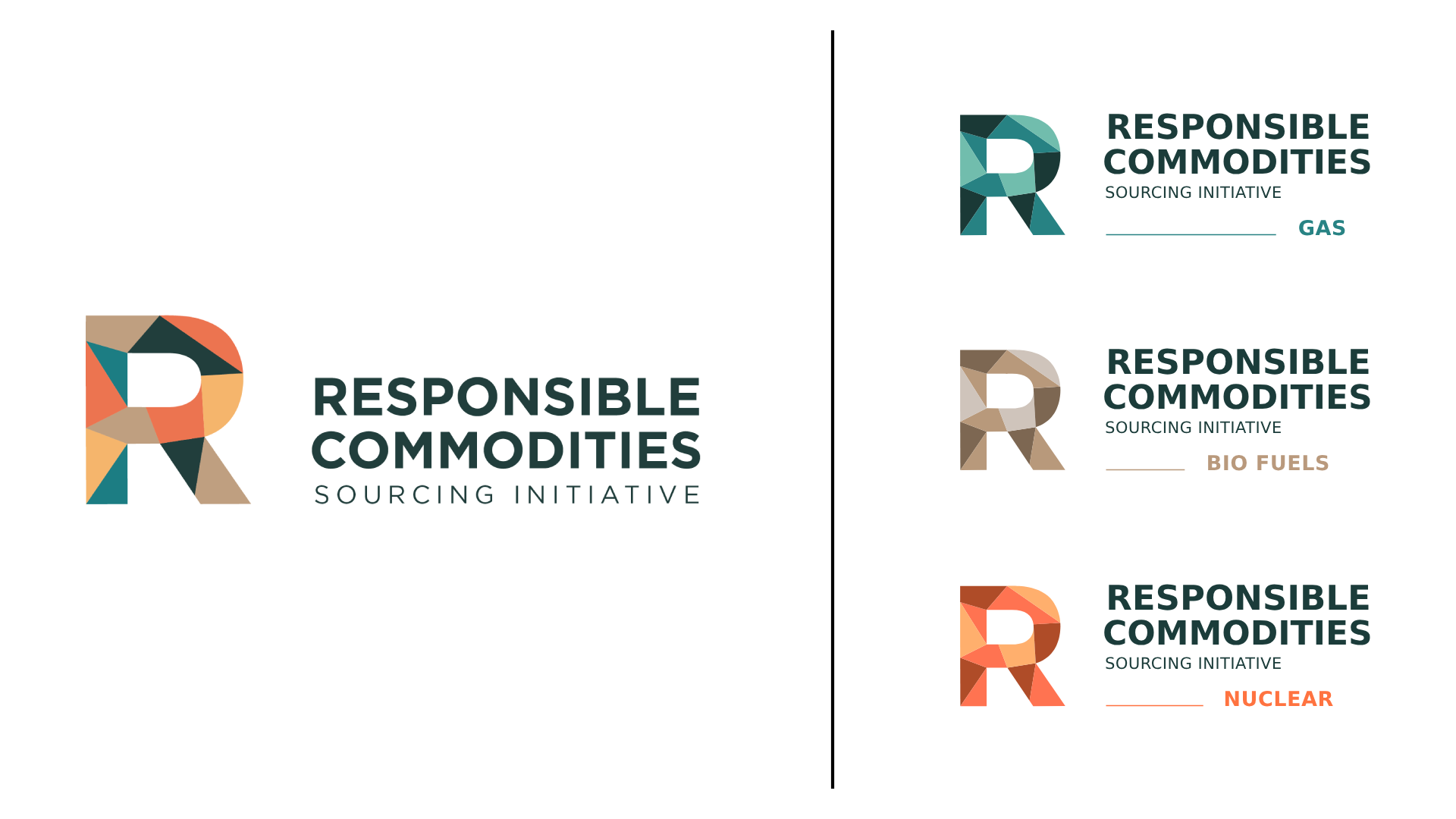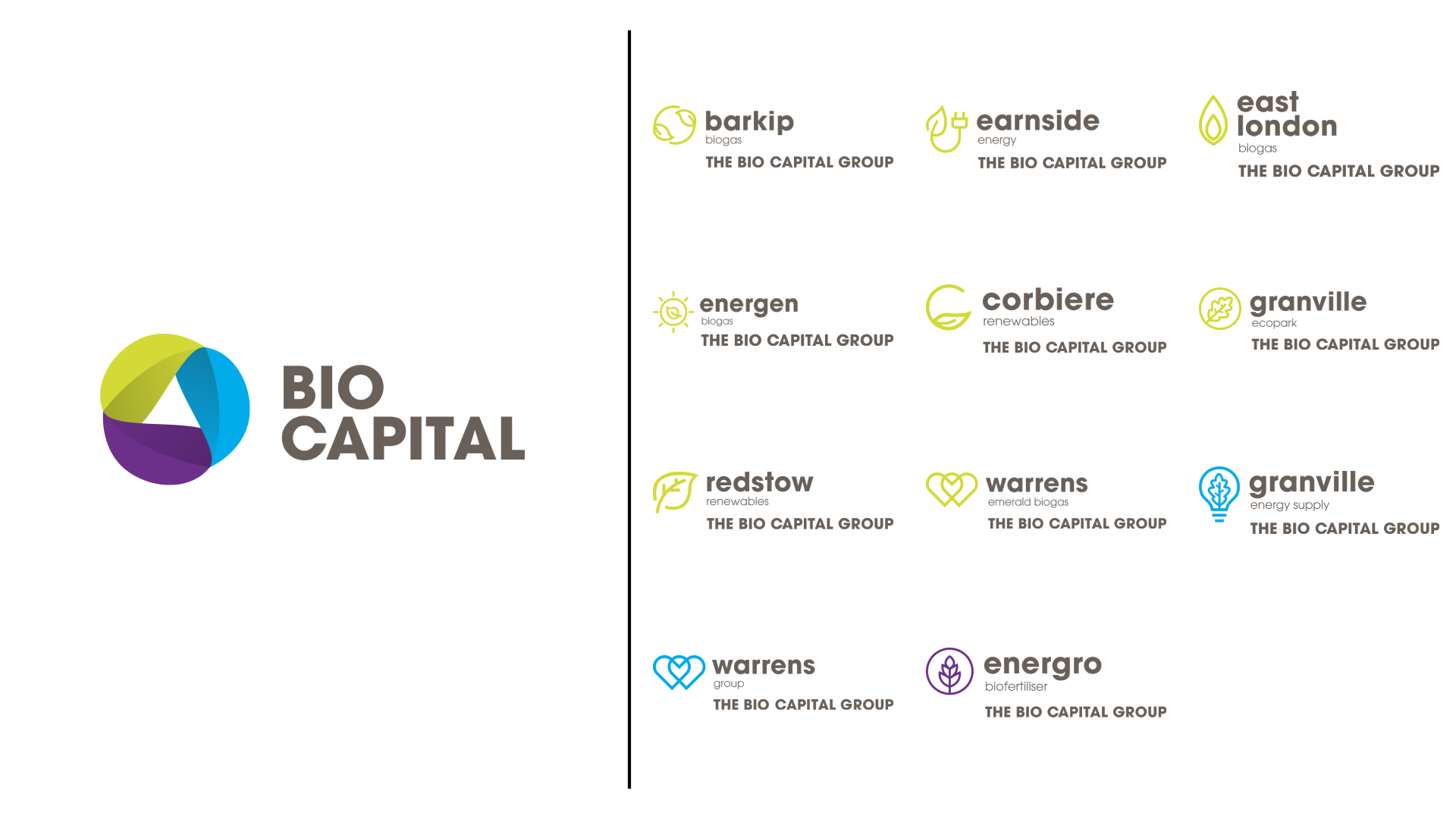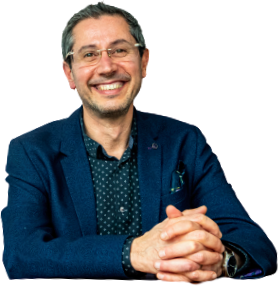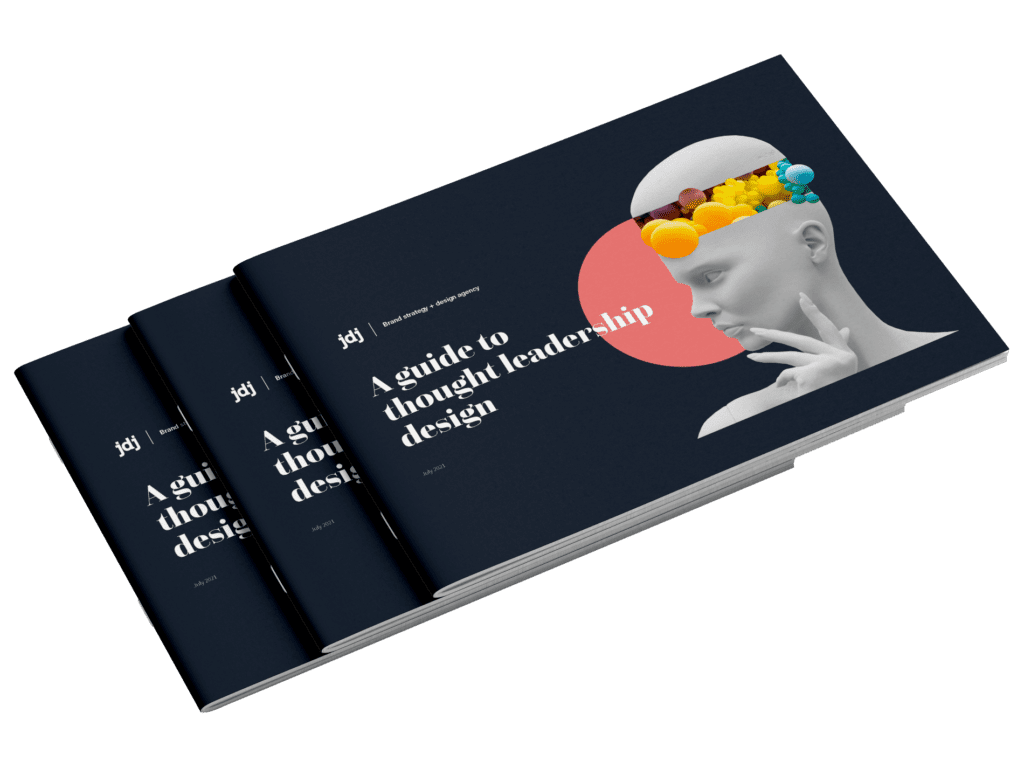Branding and communication are two key strategies to ensure a business’s long-term success. But brands have diverse audiences. Marketing to different consumers, investors, potential customers or internal team members demands tailored approaches. There may involve subtle nuances in the choice of language or photography, or a different colour palette.
By creating a sub-brand for all sustainability-focused communications, these branding rules can be agreed upon, documented in brand guidelines, and utilised to evoke a sense of belonging and clarity throughout all collateral.
Effective sub-brand design ensures consistent and impactful messaging that resonates with each audience.
While a sub-brand always sits underneath the main brand, there are different ways of arranging this hierarchy. Each method offers different levels of connection with the parent brand, from using the same identity with slight adjustments to creating a completely fresh look and feel.
Here, we look at the five most popular sub-brand strategies:

In a branded house, all the sub-brands are closely linked to each other and the parent brand. They share the same identity and often use the parent’s brand name and logo.
Whilst this gives less flexibility to the sub-brands, they benefit from the established brand identity of the parent, ensuring strong and consistent company-wide communications.
However, if consumers have an unpleasant experience with any sub-brand, their close links mean all brands under the umbrella can suffer by association.
Examples of a branded house include Google’s sub-brands – Maps, Drive and Photos, and the FedEx services – Express, Ground and Freight, etc.
RECOSI also features a branded house hierarchy style. Although currently only in the gas market, the brand could easily expand into other sectors, such as biofuels and nuclear.
True sub-brands retain close links to their parent brand, however, subtle distinctions allow them to appeal to different market segments.
Often the main logo is adapted to create the sub-brand, either through the inclusion of additional design elements or a different font.
Examples of sub-brands include Virgin, whose distinctive logo is prominent on each sub-brand logo alongside different graphical elements.
Using this hierarchy allows differentiation within a unified brand identity and capitalises on the parent brand’s equity. However, managing the hierarchy can be complex, and there is a risk of confusing consumers with the inconsistent use of colours, type and logo style.

These are independent brands that are endorsed by the parent brand, often through a strapline on the logo, such as ‘A part of the [parent brand] group.’
An example of this is Marriott, whose sub-brands include Courtyard and Residence Inn, both of which carry the strapline ‘by Marriott’.
Bio Capital is another example of an endorsed sub-brand hierarchy, with each sub brand sharing logo styles and the Bio Capital Group strapline, whilst still being independent entities.
Arranging the sub-brands in this way allows them to maintain their individual identities whilst being endorsed by the strength of the parent brand. Although the sub-brands are linked to the parent brand’s reputation, their distinct identities help distance them from each other and mitigate negative associations in case of a bad experience with one of the sub-brands.

The complete opposite of the similarly titled branded house, the sub-brands within a house of brands are each unique from each other and the parent brand.
This approach leverages the least parent brand equity, but minimises the risk of association with other brands, and increases flexibility in marketing, messaging and target audience.
An example of a house of brands is Procter & Gamble’s (P&G) portfolio, which contains well-known, stand-alone brands such as Gillette and Pampers.
A hybrid approach is a mixture of the branded house and the house of brand hierarchies. Some sub-brands are closely linked to the parent brand, while others are more independent.
Sony’s portfolio, for example, contains Sony Electronics, Mobile, Pictures and Music, but also PlayStation, Columbia Pictures and Funimation.
This strategic flexibility helps Sony navigate various industries effectively, maintaining a balance between brand cohesion and targeted market appeal.
On the flip side, this approach can be difficult to manage, with the potential for brand dilution, especially amongst the house of brands.
When creating a sustainability-focused sub-brand, it’s important to maintain recognisable elements from the main brand (the house of brands approach would not work for this purpose).
This could include manipulating the main brand’s original logo to create an instantly recognisable sustainability spin-off. For example, Nike’s sunburst represents the circular solutions involved in their move to zero initiative. Created in the 1970s, the repurposed logo further plays into their overarching theme of circularity in design.
Or it could mean taking existing elements in a new direction. By evolving its existing brand elements, including the iconic mosaic pattern to incorporate leaves, Bulgari’s sub-brand has a contemporary feel with a nod towards its sustainability goals.

A sub-brand may feature:
The key is to meet the sub-brand audience’s needs and remain recognisable as belonging to the main brand (unless adopting the house of brands approach).

“

As an experienced brand design agency, we produce visual identities and communication strategies which reflect an organisation’s ‘why’ – their reason for existing.
With a particular leaning towards institutions in the sustainability sector, we understand how to position brands in this growing space.
When creating sustainable brands, it’s easy to resort to cliches. But to stand out in a sector where greenwashing is increasingly common, a different approach is required. One which respects an organisation’s reason for embracing its ESG obligations.
We aim to make the branding process as simple as possible.
Through workshops, competitor audits, roundtables and desk research, we lay the foundation from which a company’s values, purpose and value proposition come to the fore.
Using this knowledge and our years of experience, we develop these initial ideas and evolve them into concepts that transcend colour and language.
A corporate identity reflects a business’s individual brand purpose. It is a community symbol, one that will inspire trust amongst audiences and one that people feel compelled to share.
We’ll support your business to create a sustainable brand identity that you can wear with pride.
Our team of designers and marketers have created brand and sub-brand identities for businesses in many sectors, including greentech, financial and professional services.
Based in Cambridge, UK, but working internationally, our agency collaborates with clients globally, including across Europe, the United States and the Middle East.
If you’re looking to create a compelling and authentic sustainable brand identity, please speak to our team today at hello@jdjcreative.co.uk or fill in our contact form.
Share
Sign up to our monthly newsletter to receive your guide to thought leadership design.

Sign up to our monthly newsletter to receive your guide to annual report design.

Sign up to our monthly newsletter to receive your guide to sustainability report design.
